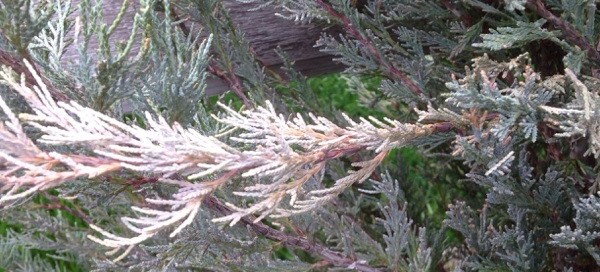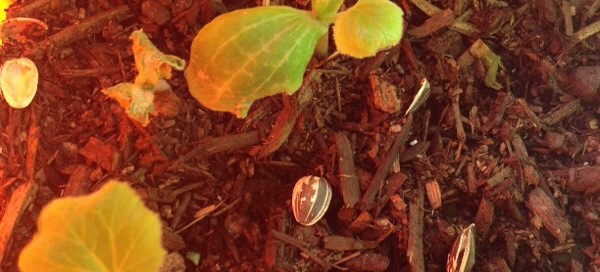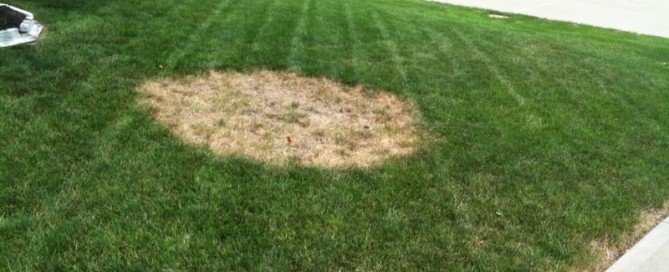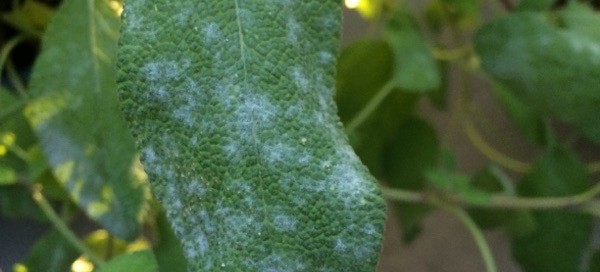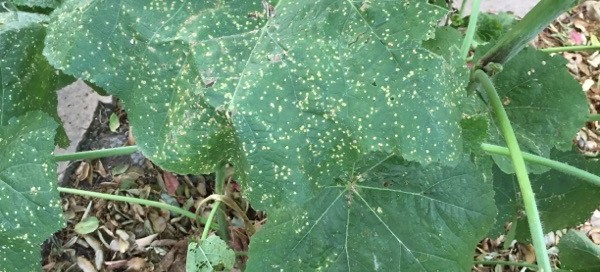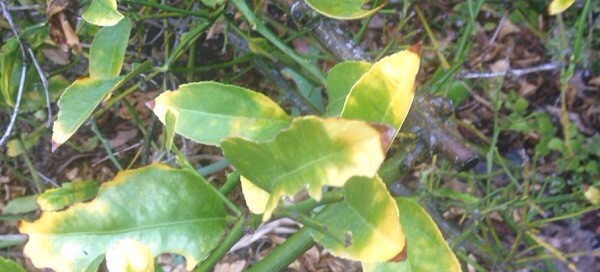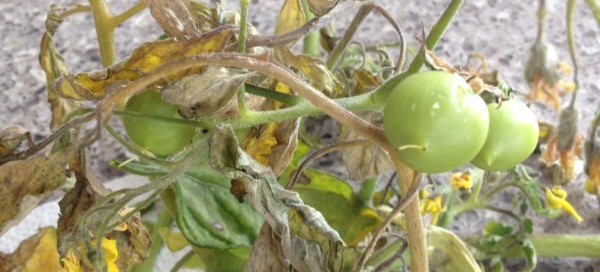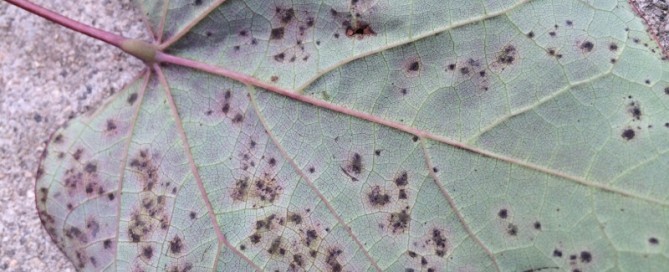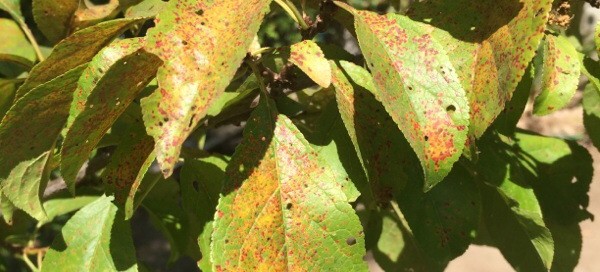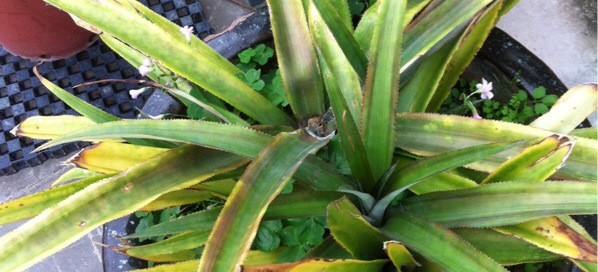Juniper Damage
Based on the picture it appears as though the damage is localized to just one branch. If that's the case, it's possible that this branch has been damaged from critters, snow load (we're aware of your recent non-springlike weather) or something else. Remove the branch back to the point where there's healthy plant tissue, that may be the main trunk. Also, juniper actually prefer to live on the dry side and can be killed with kindness aka too much water. Here's a link to the Colorado Extension Agency with information on healthy pruning cuts, in case you're not familiar with pruning a tree or shrub, and general evergreen care and watering needs:
http://www.ext.colostate.edu/mg/Gardennotes/617.html
http://www.ext.colostate.edu/pubs/garden/07403.html
